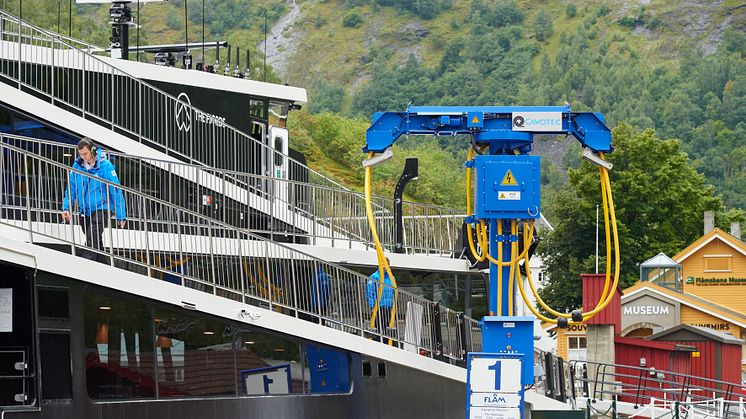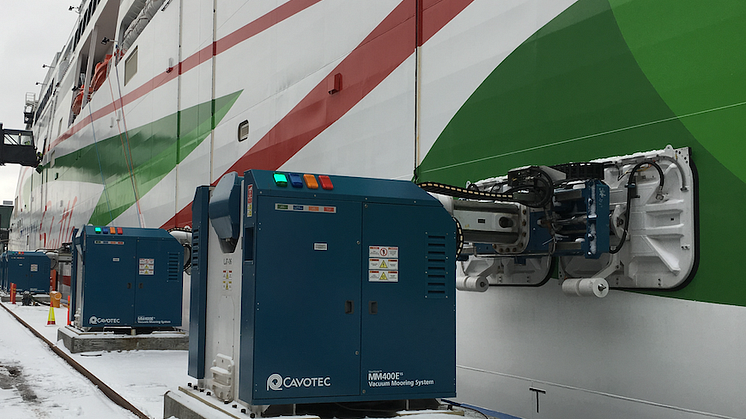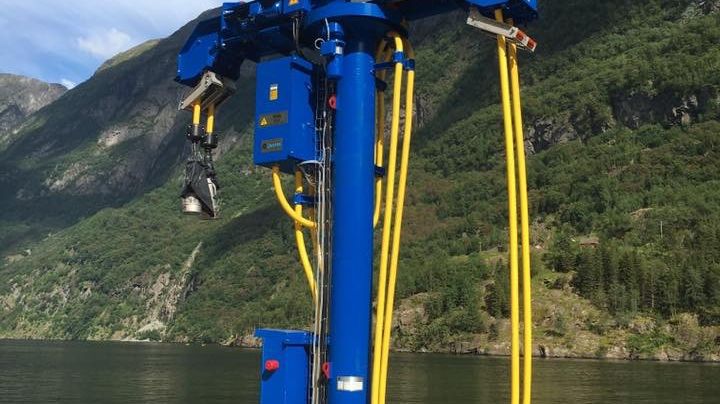
Blog post -
Shore power, charging infrastructure could cut CO2 emissions in Norway by 12.5 million tonnes
Shore power and charging infrastructure could reduce CO2 emissions by as much as 12.5 million tonnes at ports in Norway every year – this is one of the main conclusions of a report compiled by a pool of experts from ABB, DNV GL, the Port of Oslo, and Cavotec, working under the auspices of ReCharge, an initiative that seeks to pave the way for zero emission ports in the Scandinavian country.
The ReCharge project has assessed where emissions in Norwegian ports are generated, where there is greatest potential for reductions, and what kind of charging and shore power infrastructure needs to be developed to mitigate emissions.
It has identified 64 vessels with an operational profile that would allow battery propulsion. To connect these vessels to the electrical grid, charging infrastructure for 97 different routes would have to be developed, with a potential reduction of 12,517mt of CO2 emissions, and 14,133 kg of NOx emissions, the report says.
“The ReCharge project aims to guide the industry in overcoming technical and financial barriers, and support the wider adaptation of shore power and charging technologies,” says Sofus Gedde Dahl, Cavotec’s Global System Specialist for E-Ferries.
Using the latest technologies, the initiative has developed a calculator for operators to assess costs and emissions reduction potential that enables a more targeted – and thereby effective – approach to implementing shore power and charging systems. With standards and optimised approaches in place, the ReCharge team hopes to accelerate progress towards zero emission ports in Norway.





